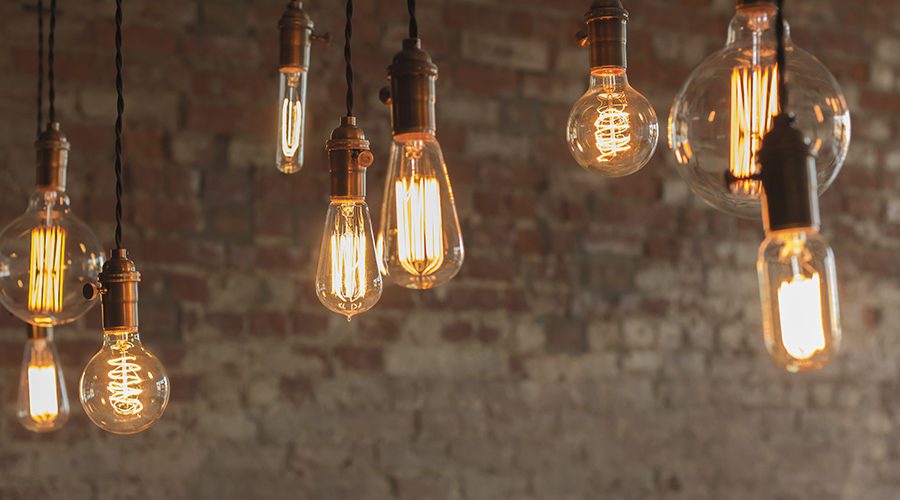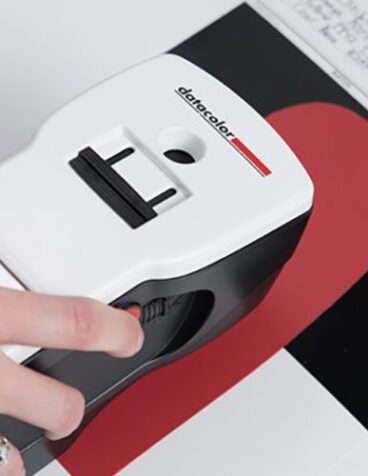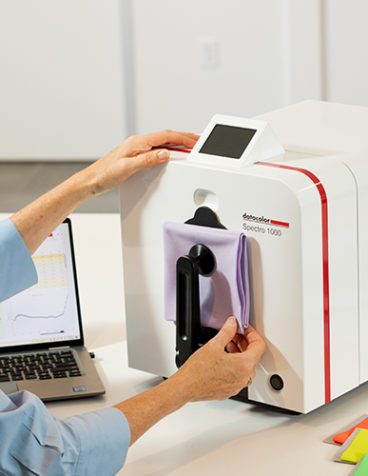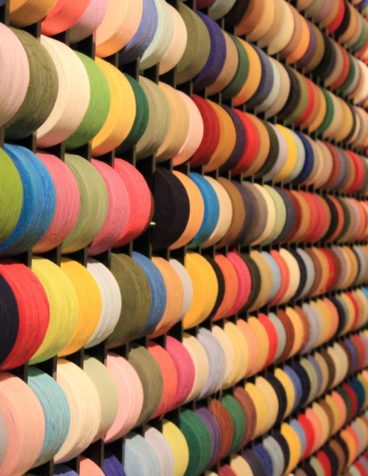
Choosing the right lighting can have a huge impact on quality and brand perception.
But how do you go about choosing the right light source to use across your supply chain? And who do you need to involve in the process for a successful final result?
Read on for the answers.
Read More: Why Visual Color Evaluation Is So Subjective
Understanding the Impact of a New Light Source
Prior to implementing a new light source, you must evaluate what impact the change will have on the perceived color of your company’s standards and existing products. Color change falls into two categories:
- Flare: Change in the color of a material when it is viewed under different light sources
- Metamerism: When two samples match under one lighting condition, but not under another.
Changing light sources can result in noticeable differences to both flare and metamerism, but the severity of the impact may be perceived differently depending on who is doing the evaluation.
Key Stakeholders in the Lighting Decision Process
Since light source changes impact a wide range of teams, it’s important to take all stakeholders into account throughout the decision process:
- Designers: The colors designers select for their designs may look different in a new light source, impacting the overall aesthetic of the product
- Merchandisers: The seasonal color palette must be evaluated in the new light source to ensure that individual colors do not flare in an unacceptable direction
- Color office: Communication is key, and the retail/apparel color office is often responsible for implementing the global color management workflow, so their input is essential
- Suppliers: It’s important to ensure that existing colors match standards under a new light source, and that on-going production matches the standard as well
- Everyone who evaluates color: Color evaluation will require light booths equipped with the proper light source, and software must be updated to calculate color differences
- The customer: Ultimately, you’ll want to select a light source that leads to a positive customer experience and supports ongoing sales of products
How to Build a Plan for Implementing a New Light Source
The key to avoiding surprises when implementing a new light source into the color development process is to start with a well-defined plan. A plan ensures that specific problems can be addressed proactively within the organization, rather than having to react to any product issues in the store. The following steps will guide you in successful implementation of a new light source:
- Consider when the transition to a new source needs to be complete, as timing determines the urgency of each step
- Who will be impacted by the transition to a new light source, and how will their concerns be considered in the evaluation and transition?
- Select a standard CIE illuminant for color development and quality control that matches as closely as possible the light source used in the environment where the products will be sold
- Equip light booths internally and in the supply chain with matching light sources
- Ensure that matching light source data is available in color management software internally and in the supply chain
- Evaluate standards to determine the impact on flare, then review with stakeholders (see above)
- Evaluate samples to determine the impact on metamerism, then review with stakeholders (see above)
- Based on the results of flare and metamerism evaluation, take one of three approaches for implementation in the global color development supply chain
Explore All Of Our Lighting Solutions
Three Possible Implementation Approaches
Based on the results of the sample analysis, your organization may choose to take one of three approaches to implementing a new light source in your global color development supply chain:
- Pick a light source for color development that is the same as the source used in store and require its use by vendors and suppliers. This approach may require additional color development as well as additional equipment.
- Pick a light source that is as close as possible to the one being replaced, then continue using the original light source for color development. No additional color development work is required, but it may be difficult to find a new light source that matches the original one.
- Adjust color standards to minimize issues due to flare. Changing the dyes used has the potential to produce “color constant” standards that will look the same regardless of light source, but a significant amount of color development rework may be required.
A Final Word
Industry standards for color viewing booths have been established for color quality, light intensity, evenness of illumination, viewing/illumination geometry, and surrounding conditions. Differences in any of these conditions can affect color appearance and result in inaccurate color quality decisions.
The best way to ensure accuracy and repeatability in sample color evaluation is to use a color viewing booth that meets industry specifications.








